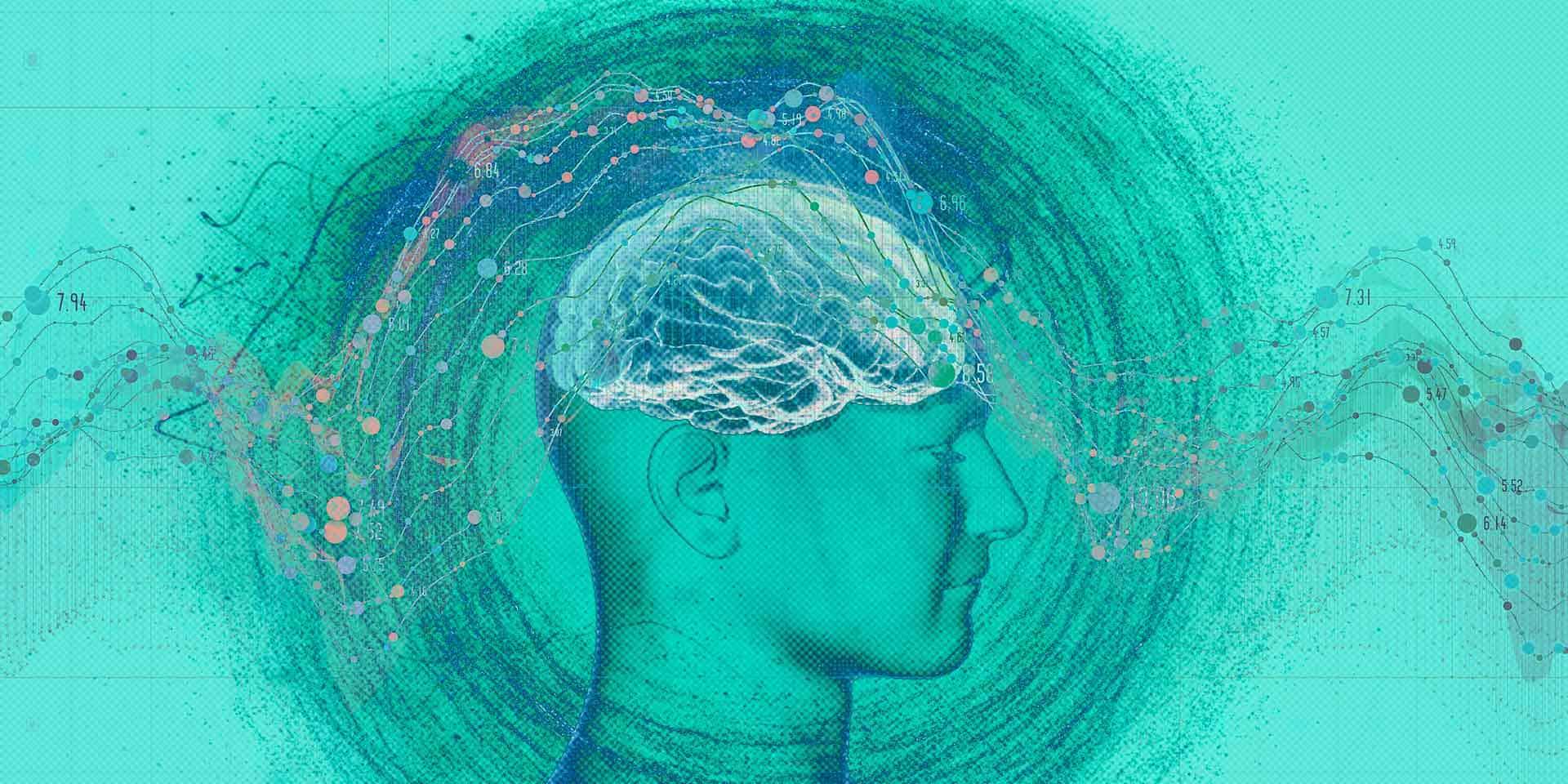What is pattern recognition?
Pattern recognition has been around since humans have been around, as it’s one of the more logical ways we make sense of our world. In recent years, it’s gained a bunch more contextual notoriety because it’s deeply tied to image processing, neural networks, machine learning, textual analysis, and other tech stack fields that are advancing very rapidly.
I’ve always thought of pattern recognition career-wise in this way: within any given field — say, oil and gas or digital marketing — there are people who have seen so many situations of a given sequence emerge and unfold that they know exactly the cadence of what’s going to happen next before it does. This, in my mind at least, is true expertise or mastery of a field.
It’s going to vary by what you specifically do, so let me give you two examples.
Think of a child learning the pattern square-circle-triangle. At first, he knows nothing about said pattern; he might not even know the individual three shapes. But over time, if he’s repeatedly exposed to the same pattern, he will know that circle always follows square. It will become intuitive to him.

Now think of a professional who manages widget production. He knows what inputs need to go in, what can stop the machines, and what must come out. He’s seen the machines stop, so he knows what steps happen there. He’s seen near-perfect output. In every possible situation, he knows the next step in the pattern.
But are these situations normative in the real world?
These are idealized situations where learning takes place, and then takes root, over a period of time. But that’s not always how the real world works. (It almost never is.)
For years, for example, economics was rooted in the idea of rational actors. Since it’s pretty clear human beings aren’t rational, a field called “behavioral economics” emerged — the idea was to explain irrational decision-making. The best minds from that field have dominated the Nobel Prize ever since, and Michael Lewis just wrote a book about one of them (Daniel Kahneman). That field only emerged because we needed new ways to look at the world. Nothing about how we learn or make decisions is truly that rational.
Point being: there are patterns in the work we choose for our careers, and some have experienced it so much that they know the next part of the pattern before it happens.
But in so many work situations, a giant wrench is thrown in — and the patterns you understood are now completely scattered.
Crisis Communications
The biggest example of this to me is crisis moments, or the need for crisis communications.
That’s a field in which I see patterns, because I’ve been working in it for decades.
But when we go in to companies experiencing a crisis or brand reversal, they have no playbook. They understand their business model and how their industry flows. That’s where they see patterns.
The different elements of a crisis — reporters calling, news stories, social media cycles, accountabilities, etc. — are almost completely new to them.
They have no idea of the patterns now.
So they need to learn pattern recognition
Pattern recognition is the key, in my mind, to advanced crisis management — and performance in those moments. I wrote about this in 2015 in the context of good and great communicators.
Performance in crisis is about two things having happened prior to the crisis:
- The team was crisis-ready
- The team was reputationally-aware
The beautiful thing about trying to reach these two states in this way is that anyone can learn pattern recognition.
The way to accelerate learning pattern recognition is by doing, testing, making mistakes, and group learning. It’s much like you would do over the long term, but in a concentrated learning environment where you learn from yourself and from your mistakes. The learning is done in a gated garden, so no one can get in trouble. This is how you accelerate your crisis communications performance.
The point to remember is that you can’t learn this from a lecture. You can’t watch a video on how to learn pattern recognition.
You have to experience it and practice with it in order to gain mastery over it.
And now, the big reveal idea
I’ve been kicking tires on a new concept.
Let’s say I flew to your HQ on one day, and had dinner with your team the first night.
The second day, all day, we spend working on crisis management and response. We do some simulations, go through best practices, literature, what similar companies to you have done, etc.
We try to teach you pattern recognition — what to do and what to look for in the crisis moments — across an immersive day.
Then we leave, and we support you.
I don’t know if it will work. It flies in the face of Malcolm Gladwell’s 10,000 Hours concept, although admittedly that rule has been debunked before.
Can we teach people the signs and patterns of a crisis in their ranks or their industry in less than 48 hours?
What do you think?


